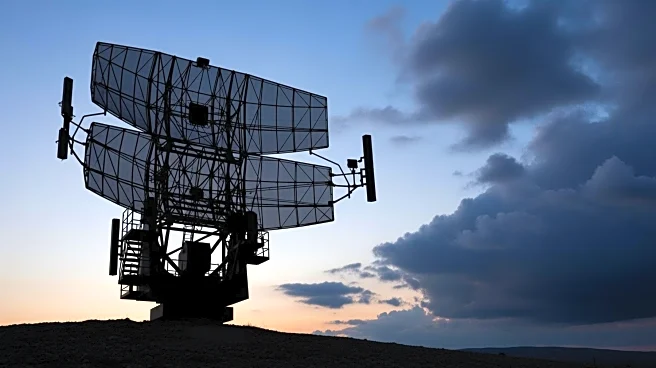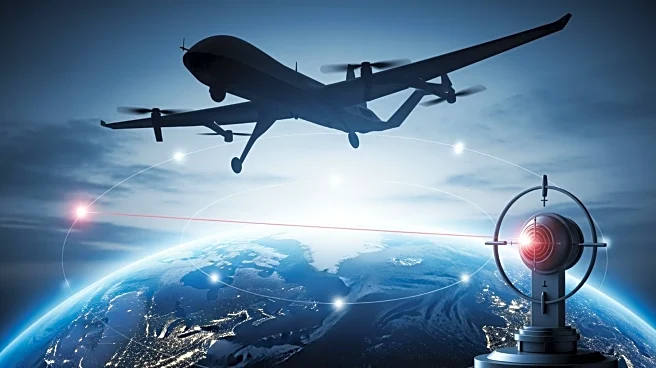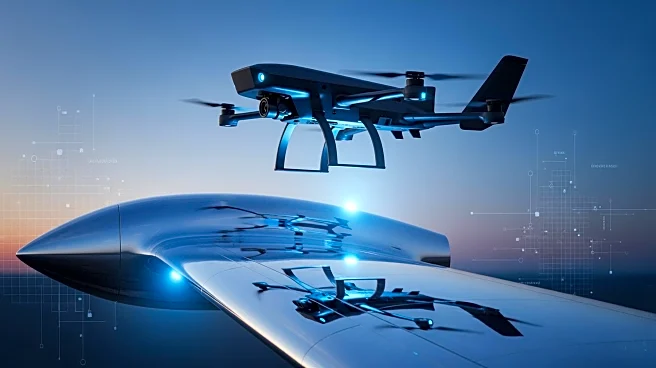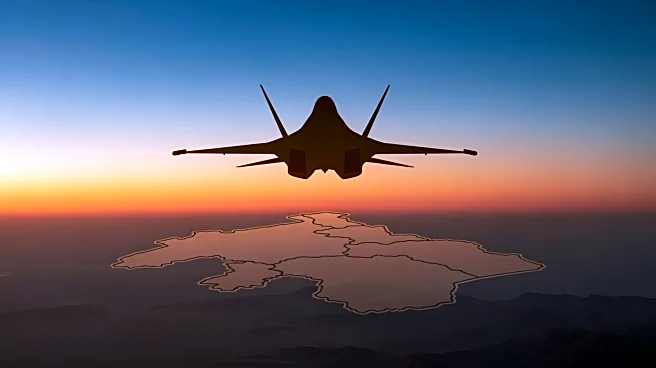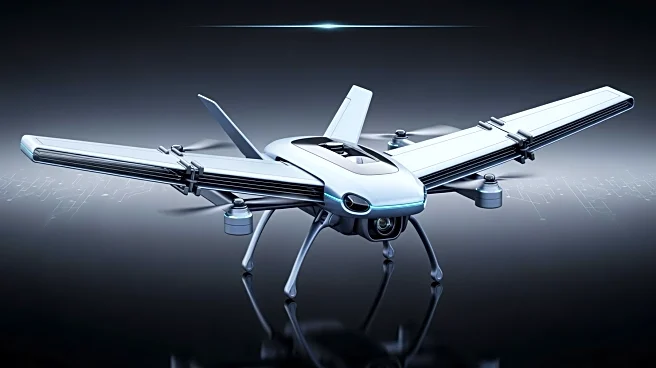What's Happening?
Insitu, a Boeing Company, has upgraded its ScanEagle Long-Endurance Uncrewed Aircraft System (UAS) with Proliferated Low Earth Orbit (PLEO) Satellite Communication (SATCOM) datalinks and laser-targeting capabilities. These enhancements aim to improve
the UAS's performance in over-the-horizon Beyond Line of Sight (BLOS) Intelligence, Surveillance, Reconnaissance, and Targeting (ISR-T) missions. The integration of PLEO SATCOM allows operators to control the UAS from any location worldwide, even in challenging conditions, while the laser targeting expands its mission capabilities. The ScanEagle features Vertical Takeoff and Landing (VTOL) launch and recovery, enabling it to operate from maritime and land-based locations.
Why It's Important?
The upgrades to the ScanEagle UAS represent a significant advancement in unmanned aerial technology, enhancing its operational reach and reliability. The integration of PLEO SATCOM provides unparalleled BLOS capability, enabling real-time decision-making for land and maritime missions. This development is crucial for military and surveillance operations, offering improved intelligence gathering and targeting precision. The enhancements also reflect the growing importance of satellite communication in expanding the capabilities of unmanned systems.
What's Next?
Insitu's advancements in UAS technology may lead to further innovations in unmanned systems, potentially influencing military strategies and surveillance operations. The integration of PLEO SATCOM and laser targeting could set a new standard for UAS capabilities, prompting other companies to adopt similar technologies. As the demand for reliable and versatile unmanned systems grows, Insitu's developments may drive further research and investment in this field.
Beyond the Headlines
The evolution of the ScanEagle UAS highlights the role of technology in transforming military and surveillance operations. The use of satellite communication and laser targeting reflects broader trends in defense technology, emphasizing the need for precision and adaptability in modern warfare. These advancements may also raise ethical and legal questions regarding the use of unmanned systems in conflict zones.




